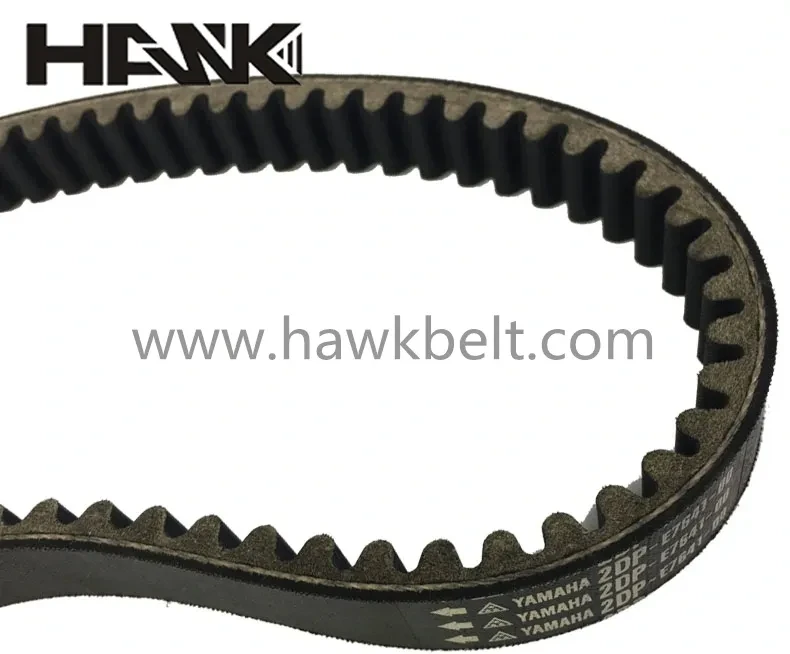- Arabic
- French
- Russian
- Spanish
- Portuguese
- Turkish
- Armenian
- English
- Albanian
- Amharic
- Azerbaijani
- Basque
- Belarusian
- Bengali
- Bosnian
- Bulgarian
- Catalan
- Cebuano
- Corsican
- Croatian
- Czech
- Danish
- Dutch
- Afrikaans
- Esperanto
- Estonian
- Finnish
- Frisian
- Galician
- Georgian
- German
- Greek
- Gujarati
- Haitian Creole
- hausa
- hawaiian
- Hebrew
- Hindi
- Miao
- Hungarian
- Icelandic
- igbo
- Indonesian
- irish
- Italian
- Japanese
- Javanese
- Kannada
- kazakh
- Khmer
- Rwandese
- Korean
- Kurdish
- Kyrgyz
- Lao
- Latin
- Latvian
- Lithuanian
- Luxembourgish
- Macedonian
- Malgashi
- Malay
- Malayalam
- Maltese
- Maori
- Marathi
- Mongolian
- Myanmar
- Nepali
- Norwegian
- Norwegian
- Occitan
- Pashto
- Persian
- Polish
- Punjabi
- Romanian
- Samoan
- Scottish Gaelic
- Serbian
- Sesotho
- Shona
- Sindhi
- Sinhala
- Slovak
- Slovenian
- Somali
- Sundanese
- Swahili
- Swedish
- Tagalog
- Tajik
- Tamil
- Tatar
- Telugu
- Thai
- Turkmen
- Ukrainian
- Urdu
- Uighur
- Uzbek
- Vietnamese
- Welsh
- Bantu
- Yiddish
- Yoruba
- Zulu
Nov . 18, 2024 19:44 Back to list
timing belt for cars
Understanding Timing Belts for Cars Essential Knowledge for Vehicle Maintenance
The timing belt is an integral component of an automobile’s engine that plays a critical role in the vehicle's overall performance and longevity. It is a ribbed, toothed belt that synchronizes the rotation of the crankshaft and the camshaft. This synchronization ensures that the engine’s valves open and close at the proper times in relation to the position of the pistons. A well-maintained timing belt can significantly enhance the efficiency and reliability of a vehicle, while neglecting it can lead to catastrophic engine failure.
How Timing Belts Work
The timing belt is made of durable rubber and features teeth that grip the sprockets of the crankshaft and camshaft. As the engine runs, the crankshaft turns, and this motion is transferred to the camshaft via the timing belt. Since the camshaft controls the opening and closing of the engine’s valves, any disruption in this timing can lead to serious performance issues.
In interference engines, where the design allows for the pistons and valves to occupy the same space when the engine is off, a broken timing belt can have dire consequences. The pistons can collide with the open valves, leading to bent valves, damaged pistons, and ultimately a costly repair. Conversely, in non-interference engines, the risk is less severe, but a broken timing belt will still prevent the engine from running.
Signs of a Failing Timing Belt
Awareness of the symptoms of a failing timing belt can save vehicle owners from potential engine damage. Common indicators include
1. Engine Misfiring If the timing belt slips or becomes misaligned, it can cause the engine to misfire as the timing of valve openings and closings is disrupted.
2. Unusual Noises A worn or damaged timing belt may emit grinding or ticking noises. This could indicate that the belt is starting to wear out or that the tensioner is failing.
timing belt for cars

3. Oil Leaks Timing belts usually run behind the timing cover. If you notice oil leaking from this area, it might signify a failing seal that can affect the integrity of the belt.
4. Check Engine Light A lit check engine light can point to various engine issues, including a failing timing belt.
5. Difficulty Starting If the engine struggles to start or won't start at all, it could indicate timing belt issues since the synchronization of the crankshaft and camshaft is vital for engine operation.
Maintenance and Replacement
Timing belts are typically designed to last anywhere between 60,000 to 100,000 miles, but this can vary based on the make and model of the vehicle. Regular vehicle maintenance is crucial to ensure the longevity of the timing belt. Most manufacturers provide specific intervals for timing belt inspection and replacement in the owner's manual.
When replacing a timing belt, it is often recommended to replace accompanying components such as the water pump, tensioner, and idler pulleys. This is due to the interconnected nature of these components, which, if they fail, could necessitate the replacement of the timing belt again shortly after.
Conclusion
Understanding the importance of the timing belt in your car's engine mechanics cannot be overstated. Regular inspections and timely replacements can help avoid severe engine damage and costly repairs. Vehicle owners should stay informed about their car’s maintenance schedule and be proactive in addressing any signs of a failing timing belt. By taking these steps, one can ensure that their vehicle operates smoothly and efficiently for years to come, providing peace of mind and safety on the road.
-
Korean Auto Parts Timing Belt 24312-37500 For Hyundai/Kia
NewsMar.07,2025
-
7PK2300 90916-T2024 RIBBED BELT POLY V BELT PK BELT
NewsMar.07,2025
-
Chinese Auto Belt Factory 310-2M-22 For BMW/Mercedes-Benz
NewsMar.07,2025
-
Chinese Auto Belt Factory 310-2M-22 For BMW/Mercedes-Benz
NewsMar.07,2025
-
90916-02660 PK Belt 6PK1680 For Toyota
NewsMar.07,2025
-
drive belt serpentine belt
NewsMar.07,2025

